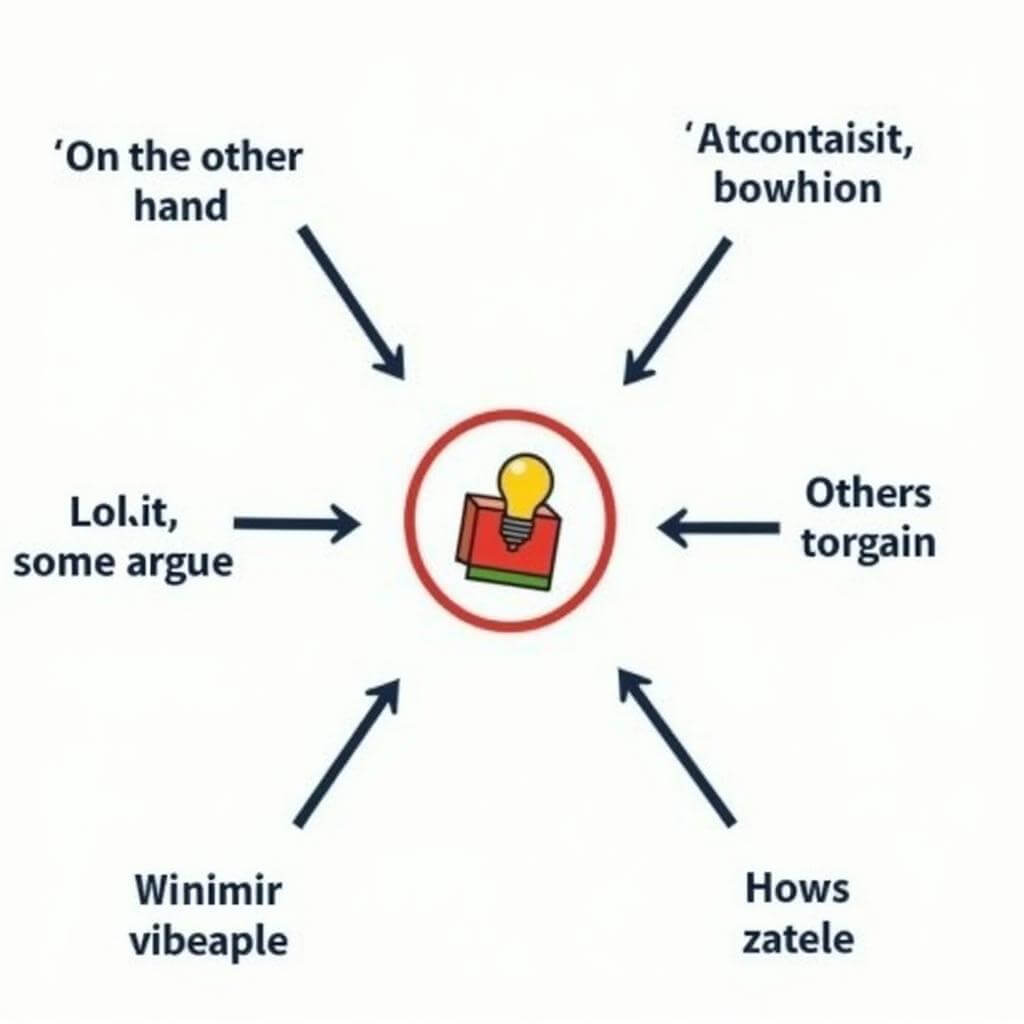The IELTS Reading section often presents passages with multiple perspectives, challenging test-takers to navigate complex ideas. This article explores effective strategies for handling reading passages with varied viewpoints, helping you boost your IELTS score and confidence.
Understanding the Challenge
IELTS reading passages frequently incorporate diverse opinions, contrasting arguments, and nuanced perspectives. This complexity mirrors real-world academic and professional texts, testing your ability to comprehend and analyse multifaceted information.
Why Varied Viewpoints Matter
- Reflect real-world complexity
- Test critical thinking skills
- Assess your ability to distinguish between facts and opinions
- Prepare you for academic and professional reading tasks
Key Strategies for Tackling Varied Viewpoints
1. Identify the Main Argument
Start by pinpointing the central thesis or main argument of the passage. This provides a framework for understanding how different viewpoints contribute to or challenge the overall message.
“The cornerstone of IELTS reading success is recognising the passage’s core argument amidst a sea of diverse opinions,” says Dr. Emma Thompson, IELTS examiner with 15 years of experience.
2. Map Out Different Perspectives
As you read, mentally map out the various viewpoints presented:
- Use a simple diagram or notes to visualise relationships between ideas
- Identify key players or stakeholders and their positions
- Note any shifts in perspective throughout the passage
3. Look for Signposting Language
Authors often use specific phrases to introduce different viewpoints or transitions between ideas:
- “On the other hand…”
- “In contrast…”
- “Alternatively…”
- “However…”
- “While some argue…, others contend…”
Recognising these linguistic cues can help you navigate the passage more effectively.

4. Practice Active Reading
Engage with the text actively to better understand and retain information:
- Underline or highlight key points for each viewpoint
- Jot down brief summaries in the margins
- Use symbols (e.g., +, -, ?) to mark agreeing, disagreeing, or neutral perspectives
5. Distinguish Between Facts and Opinions
Differentiate between objective facts and subjective opinions:
- Facts are typically supported by evidence or data
- Opinions may be introduced with phrases like “I believe,” “In my view,” or “It is thought that…”
6. Analyse the Author’s Stance
Consider whether the author is:
- Presenting a balanced view of all perspectives
- Favouring one viewpoint over others
- Critiquing certain arguments
- Proposing a new perspective altogether
Understanding the author’s position can help you interpret the overall message more accurately.
Advanced Techniques for Handling Varied Viewpoints
1. Identify Underlying Assumptions
Look for unstated assumptions that underpin different viewpoints. This deeper analysis can reveal biases and strengthen your understanding of the arguments presented.
2. Evaluate the Strength of Arguments
Assess the quality of evidence and reasoning supporting each viewpoint:
- Are claims backed by credible sources?
- Is the logic sound and consistent?
- Are there any apparent flaws or weaknesses in the arguments?
3. Consider Cultural and Historical Context
Some viewpoints may be influenced by specific cultural or historical factors. Being aware of these contexts can enhance your comprehension and interpretation of the passage.
4. Practice Synthesising Information
Develop the skill of combining information from different viewpoints to form a cohesive understanding:
- Identify common threads or themes across perspectives
- Look for areas of agreement and disagreement
- Consider how different viewpoints complement or contradict each other
“The ability to synthesise diverse viewpoints is what separates top-scoring IELTS candidates from the rest,” notes Professor James Chen, IELTS preparation expert and author.
5. Anticipate Questions
As you read, try to predict potential questions that might be asked about the varied viewpoints:
- Which perspective is most strongly supported?
- How does the author reconcile conflicting views?
- What evidence is presented to support each argument?
This proactive approach can help you focus on key information and prepare for different question types.
Common Pitfalls to Avoid
- Bias confirmation: Don’t let your personal opinions influence your interpretation of the passage.
- Oversimplification: Avoid reducing complex arguments to simple dichotomies.
- Misinterpreting tone: Pay attention to nuances in language that may indicate irony, skepticism, or subtle critique.
- Neglecting counterarguments: Don’t focus solely on the dominant viewpoint; give due consideration to all perspectives presented.
Conclusion
Mastering the skill of handling reading passages with varied viewpoints is crucial for IELTS success. By employing these strategies and techniques, you’ll be better equipped to navigate complex texts, analyse diverse arguments, and demonstrate your critical thinking skills. Remember, practice is key – apply these approaches consistently in your IELTS preparation to see significant improvements in your reading comprehension and overall performance.
FAQs
-
How can I improve my speed when dealing with passages containing multiple viewpoints?
Practice skimming techniques to quickly identify main ideas and transitions between perspectives. Regular timed practice will help you become more efficient. -
Are passages with varied viewpoints more common in certain IELTS Reading question types?
Yes, they often appear in True/False/Not Given, Matching Headings, and Multiple Choice questions. However, they can be present in any question type. -
How do I avoid getting confused by conflicting information in a passage?
Focus on understanding each viewpoint independently before comparing them. Use note-taking techniques to organise information clearly. -
Is it important to agree or disagree with the viewpoints presented in the passage?
No, your personal opinion is not relevant. Focus on accurately understanding and analysing the viewpoints presented in the text. -
How can I practice handling varied viewpoints outside of IELTS preparation materials?
Read opinion pieces, academic journals, and news articles from reputable sources that present multiple perspectives on complex issues.